Compare plans, evaluate options, and ask questions!
Talk to an expert and learn more about group insurance for small businesses.
There are different types of small business health insurance plans, just as there are different types of cars. And, just like cars, the hard part is picking the right one for you.
Group Health Insurance
There are many ways that a small business with 5 to 50 employees can afford health insurance. You can choose from managed care (HMO, PPO, and POS), indemnity fee-for-service, and high-deductible health plans. Each plan has its advantages and disadvantages depending on your circumstances. For a better understanding of what plan is best for you, talk to an insurance expert.
Health Maintenance Organization (HMO): An HMO plan only covers medical services received at an in-network provider. All care is organized through a primary care physician (PCP). Patients must get a referral from their PCP if a medical condition requires treatment from a specialist. The only exceptions to getting a referral are for emergency room visits and routine, in-network care at an obstetrician or gynecologist.
Preferred Provider Organization (PPO): Comparing an HMO and a PPO plan, a PPO plan provides more flexibility because members can choose to visit an in- or out-of-network provider, and there’s no requirement to have a PCP. But the plan provides a lower percentage of coverage for going out-of-network. In addition to copays, PPO plans usually have coinsurance and annual deductibles. Patients may sometimes have to pay for care received out-of-network up front, and then file a claim with the insurance company to get reimbursed for covered medical services.
Point of Service (POS): This type of plan is a cross between an HMO and a PPO. The HMO aspect requires that patients first see their PCP to receive care and get a referral in some cases. The PPO element allows patients to receive some covered services at a provider outside the plan’s network, but this may require a referral from the PCP. With a POS plan, some medical services may not be covered out-of-network, and members may have to file all claims forms themselves.
Fee for Service (FFS): An FFS plan, also known as indemnity health insurance, lets members visit any physician, specialist, and hospital they choose. But this flexibility comes with higher out-of-pocket costs. The plan may pay healthcare providers directly or reimburse members for covered services after a claim has been submitted. An FFS plan can include a PPO option depending on the plan’s service area. By using a PPO provider, members typically have lower out-of-pocket costs, and they usually don’t have to file claims.
High Deductible Health Plan (HDHP): As the name reveals, members pay a high annual deductible for having this plan. The table below shows the average annual deductible for HDHPs and other plan types from the Kaiser Family Foundation (KFF). To compensate for the high deductible, this type of plan usually has a lower monthly premium than other plan types. An HDHP in a small group health insurance benefits package is usually paired with a savings option (SO), such as a health savings account (HSA). An HSA is funded through pretax dollars that are automatically deducted from employees’ paychecks. Employees can use funds from the account to pay for out-of-pocket healthcare expenses.
Each plan has its advantages and disadvantages depending on your circumstances. For a better understanding of what plan is best for you, talk to an insurance expert.



